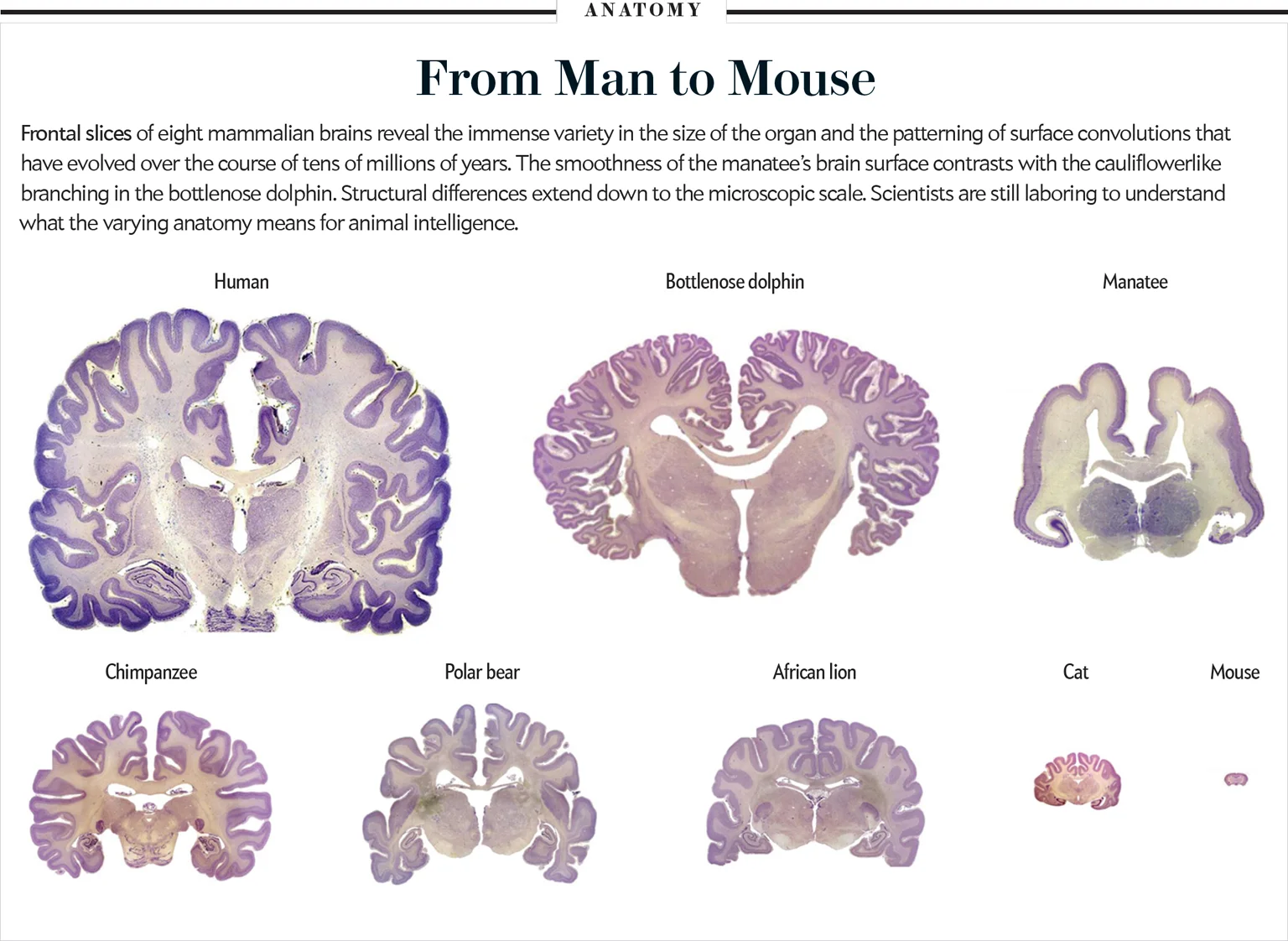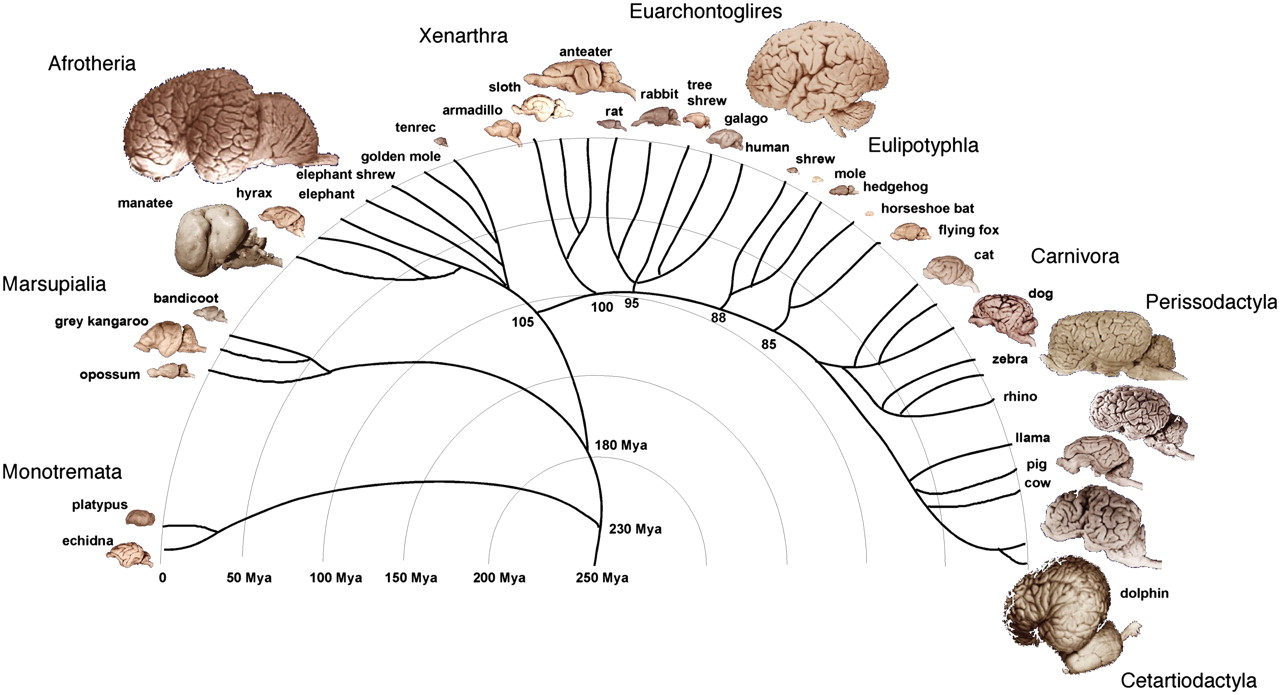



The relationship between brain size and species intelligence has been a subject of considerable scientific inquiry and debate. This research assignment delves into the intricate interplay between brain size and cognitive abilities across different species. The first section examines the historical context and foundational theories that shaped our understanding of brain evolution and its connection to intelligence. Subsequently, the assignment scrutinizes the methodological challenges inherent in studying brain size and intelligence, including the complexities of comparing diverse brain structures and accounting for confounding variables. The descriptive portion of the assignment synthesizes recent research findings that shed light on the nuances of this relationship, exploring not only the positive correlation between brain size and certain cognitive traits but also the critical influence of neural organization and connectivity. Furthermore, this research analyzes how factors like ecological niche, social behavior, and environmental pressures can influence the evolution of brain size and its subsequent impact on species intelligence. The assignment concludes by summarizing key takeaways and emphasizing the need for a holistic approach that considers not only brain size but also neural architecture, adaptability, and the broader context in which intelligence evolves across species. Ultimately, this assignment contributes to a more nuanced comprehension of the intricate relationship between brain size and species intelligence.
The historical backdrop of brain size and intelligence research is rooted in the work of prominent figures such as Broca and Huxley. These early scholars laid the foundation for investigating the neurological basis of intelligence by highlighting the connection between brain size and certain cognitive functions. Gall's phrenology theories also contributed to the idea of localized brain functions, influencing later explorations of the brain's structural organization and its relationship with intelligence.
Comparing brain sizes across species presents inherent challenges due to anatomical differences and scaling issues. The encephalization quotient (EQ) was introduced to address some of these discrepancies by considering brain size relative to body mass. However, EQ has limitations, such as neglecting neural connectivity and organization. Neuroimaging techniques, like MRI scans, have enabled more accurate assessments of brain structure, but challenges persist in interpreting these findings in the context of intelligence.
Recent research reveals a positive correlation between brain size and certain cognitive traits across species. Larger-brained species often exhibit enhanced problem-solving abilities, memory, and learning capacity. However, it's important to recognize that this correlation is not absolute. Neural organization, synaptic density, and connectivity patterns play significant roles in determining intelligence. Some species with relatively smaller brains, like certain bird species, display remarkable cognitive abilities due to densely packed neurons and intricate neural circuitry.
The relationship between brain size and intelligence is not solely determined by genetics. Ecological factors, social behavior, and environmental pressures also contribute. Species inhabiting complex and dynamic environments may face increased cognitive demands, driving the evolution of larger brains. For example, social species requiring intricate communication and social hierarchies often exhibit greater cognitive capacities.
In culmination, the interwoven narrative of brain size and species intelligence reveals a tale both nuanced and complex. Through historical antecedents and methodological considerations, we discern a correlation where brain size shares the stage with neural intricacies. Remarkably, species with modest brain dimensions showcase exceptional cognitive prowess, showcasing the supremacy of neural circuitry. Yet, this narrative is not confined to cerebral dimensions alone; ecological symphonies and social orchestrations compose the backdrop, elevating cognitive capacities within intricate niches. The tale resonates with a call for comprehensive understanding, urging us to transcend simplistic frameworks and embrace the symphony of factors that shape the evolution of cognitive brilliance across diverse species.